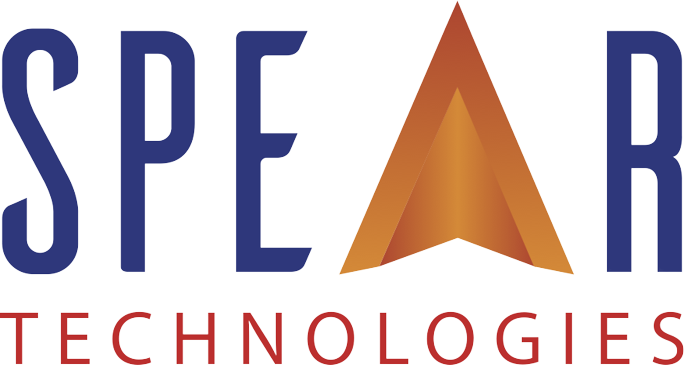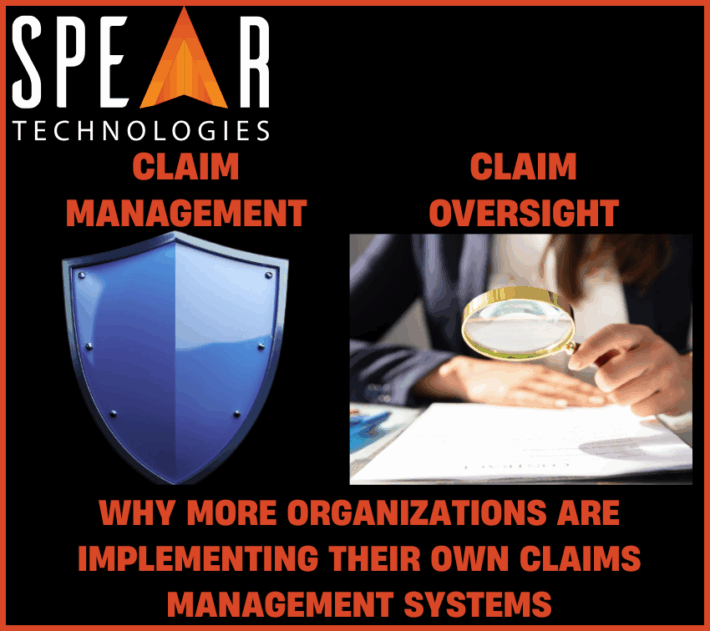How Modern Core Technology Can Help Public Entities with Insurance Cost Management

In today’s complex financial landscape, public entities face significant challenges in managing their insurance costs. Rising premiums, fluctuating risk factors, and the need for transparency and accountability make insurance cost management a critical concern. However, modern core technology offers innovative solutions that can help public entities navigate these challenges more effectively.
1. Data-Driven Decision Making
Modern core technology enables public entities to harness the power of data analytics. By aggregating and analyzing vast amounts of data, these systems provide insights that help entities understand their risk profiles more accurately. Advanced analytics tools can identify trends, predict future risks, and optimize insurance coverage, ensuring that public entities are neither overinsured nor underinsured.
For example, predictive analytics can help assess the likelihood of specific events, such as natural disasters, allowing public entities to adjust their coverage accordingly. This proactive approach reduces unnecessary costs and ensures that entities are adequately protected against potential risks.
2. Enhanced Risk Management
Risk management is at the heart of insurance cost management. Modern core technology offers public entities sophisticated tools for assessing, monitoring, and mitigating risks. These tools include real-time monitoring systems, automated risk assessments, and integrated risk management platforms.
By continuously monitoring risk factors and automatically adjusting insurance strategies, public entities can avoid costly surprises. For instance, real-time data from weather monitoring systems can trigger immediate adjustments in coverage for municipalities in storm-prone areas, helping to minimize financial exposure.
3. Streamlined Claims Processing
Claims processing can be a significant drain on resources for public entities, both in terms of time and money. Modern core technology streamlines this process through automation and integration. Automated claims management systems reduce the administrative burden, expedite claim settlements, and ensure accuracy in payouts.
By reducing the time and effort required to process claims, public entities can lower their operational costs. Moreover, the transparency offered by modern systems ensures that all parties are kept informed throughout the process, reducing the likelihood of disputes and litigation, which can further drive up costs.
4. Improved Collaboration and Communication
Public entities often work with multiple stakeholders, including insurance providers, risk managers, and government agencies. Modern core technology facilitates seamless collaboration by integrating communication tools and providing a centralized platform for all stakeholders.
This enhanced communication leads to more coordinated efforts in managing insurance costs. For example, public entities can work closely with insurers to design customized insurance programs that meet their specific needs, ultimately leading to better coverage and lower premiums.
5. Regulatory Compliance and Reporting
Compliance with regulatory requirements is a significant concern for public entities. Modern core technology ensures that all insurance-related activities are in line with current regulations, reducing the risk of non-compliance penalties. Automated reporting features also simplify the process of generating and submitting required documentation to regulatory bodies.
These systems help public entities maintain transparency and accountability, which are critical for gaining public trust. Additionally, compliance with regulations often leads to reduced insurance premiums, as insurers view compliant entities as lower-risk clients.
6. Cost Transparency and Optimization
One of the most significant advantages of modern core technology is the transparency it brings to insurance cost management. Public entities can access detailed reports and dashboards that break down insurance costs by numerous factors, such as department, location, or type of coverage. This visibility allows entities to identify areas where they can reduce costs without compromising coverage.
Furthermore, optimization algorithms can suggest the most cost-effective insurance policies and coverage options based on the entity’s unique risk profile. By selecting the best-fit insurance products, public entities can achieve significant savings over time.
7. Scalability and Flexibility
Public entities often experience changes in their risk profiles due to factors such as population growth, infrastructure development, and changes in regulatory environments. Modern core technology offers the scalability and flexibility needed to adapt to these changes. Whether it is expanding coverage, adding new types of insurance, or adjusting existing policies, these systems can handle the complexity of evolving insurance needs.
This adaptability ensures that public entities remain well-protected as their circumstances change, without incurring unnecessary costs from outdated or irrelevant coverage.
Conclusion
In conclusion, modern core technology provides public entities with the tools they need to manage insurance costs effectively. By leveraging data analytics, enhancing risk management, streamlining claims processing, improving collaboration, ensuring compliance, and optimizing costs, public entities can achieve significant savings while maintaining the coverage they need to protect their assets and serve their communities.
As technology continues to evolve, the potential for even greater efficiencies in insurance cost management will grow, offering public entities new ways to safeguard their financial health and ensure the well-being of their constituents.
To see first-hand how your organization can leverage innovative technologies to better manage claims costs with SpearClaimsTM, our award-winning multi-line claims management system built by industry experts on a modern low code platform that delivers the power of built-in AI and Analytics while lowering your total cost of ownership, Schedule a Demo.
To discover how Spear’s solutions are accessible to insurers of all sizes, Request Pricing.



